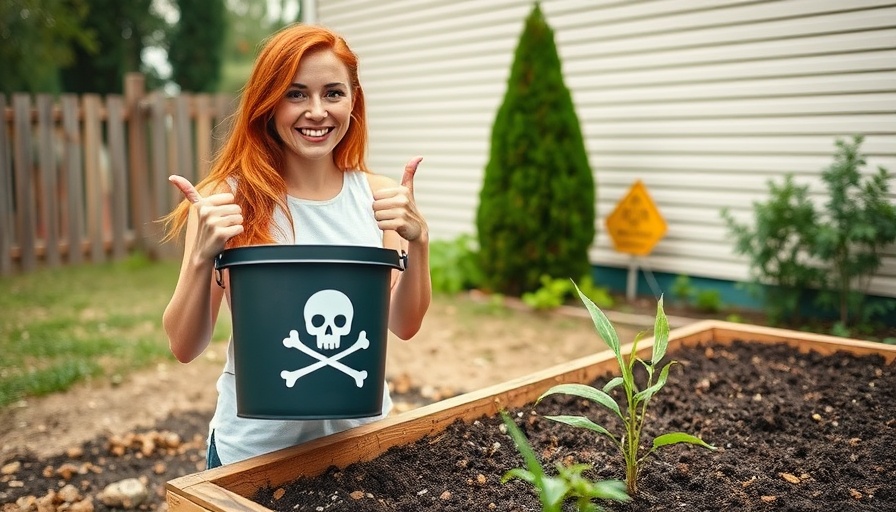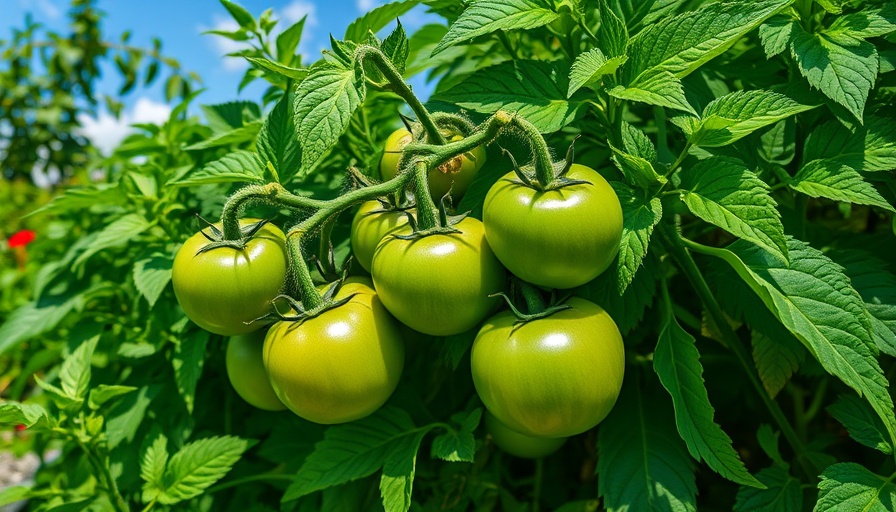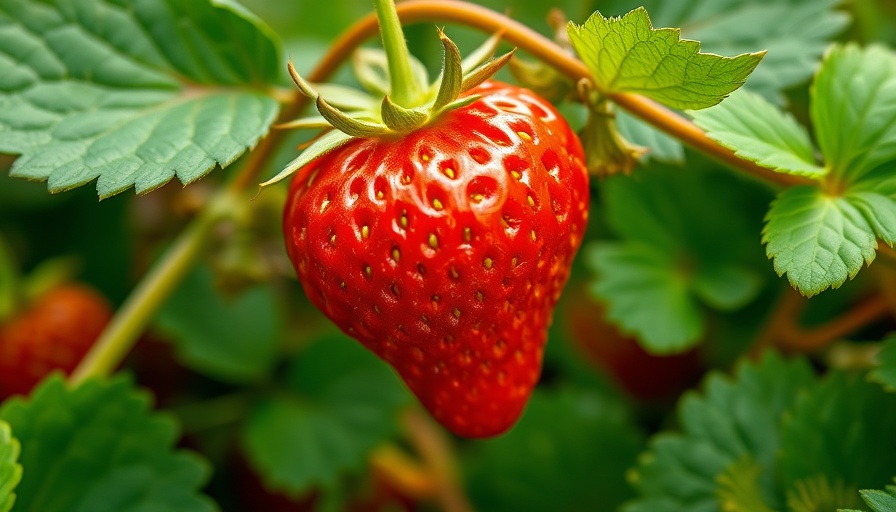
Understanding the Basics: What Not to Put in Your Raised Beds
Raised gardening beds can be a game-changer for avid gardeners, offering improved drainage, better soil control, and an organized approach to planting. However, they also come with certain pitfalls, especially in what you put inside them. Following advice from experienced gardeners, we’ve identified key substances that you should avoid adding to your raised beds to ensure optimal growth for your plants.
In 'STOP Putting THIS in Raised Beds (It’s Killing Your Plants)', the discussion dives into critical insights that every gardener should know, exploring common mistakes when building raised beds that could jeopardize plant health.
The Dangers of Kitchen Scraps
Kitchens often produce a lot of organic waste, including coffee grounds, banana peels, and eggshells, all of which might seem like a good idea to add directly to your soil. However, this approach can backfire. Kitchen scraps can alter the nitrogen balance critical for healthy plant roots. When these materials decompose, the microbes involved in breaking them down consume nitrogen, leading to nitrogen deficiency that can stifle plant growth. Opting for composted kitchen scraps instead will yield better results, adding essential nutrients without directly affecting soil chemistry.
Why Compost Alone Isn’t Enough
Many gardeners mistakenly believe that using straight compost or manure is sufficient in constructing a raised bed. While compost does bring essential nutrients, relying solely on it can lead to nutritional imbalances and drainage issues. Ideally, a mixture should comprise a blend of 30-50% compost complemented by mineral soil. The composition of the compost varies based on its source, potentially leading to unpredictable results in nutrient availability. Prioritizing high-quality topsoil mixed with compost offers a more balanced structure vital for plant health.
Landscape Fabric: A Misguided Solution
Another common misconception is that laying down landscape fabric at the bottom of your raised bed can prevent soil loss. Unfortunately, this can hinder root growth and restrict access to vital nutrients and water sources from lower soil layers. The fabric can create perched water tables, leading to saturated, anaerobic conditions that can cause root rot. It's crucial to let the soil breathe and encourage microbial interactions. Instead of landscape fabric, tilling the existing soil before building your raised bed allows for better root penetration and water management.
The Right Ingredients for Healthy Raised Beds
Creating an effective raised bed is about finding the right balance among various soil components. High-quality topsoil serves as an excellent backdrop for your gardening efforts, mixing with compost to achieve optimal nutrient levels. Consider adding perlite or pumice to improve aeration and drainage, which are just as vital as nutrients. As you plan your raised bed, remember: it’s about structure, not just nutrients.
Final Thoughts: Tailoring Your Soil for Optimal Growth
As gardeners in the Okanagan, understanding the unique characteristics of our soil and climate is essential for successful planting. Avoiding certain common pitfalls—like adding raw kitchen scraps or relying solely on compost—ensures that your raised beds remain rich, breathable, and biologically active. Acquainting yourself with these potential issues fosters more successful gardening endeavors, ultimately leading to healthier plants and more bountiful harvests.
Take Action: Revamp Your Gardening Practices Today
After digesting the critical insights in this article, it's time to assess your own gardening practices. Look closely at what you’re adding to your raised beds. By avoiding kitchen scraps, straight compost, and landscape fabric, and instead focusing on a balanced mix that encourages soil health, you’re positioning your garden for success. Share your gardening stories and challenges with community members near you to foster shared learning and improvement!
 Add Row
Add Row  Add
Add 




Write A Comment